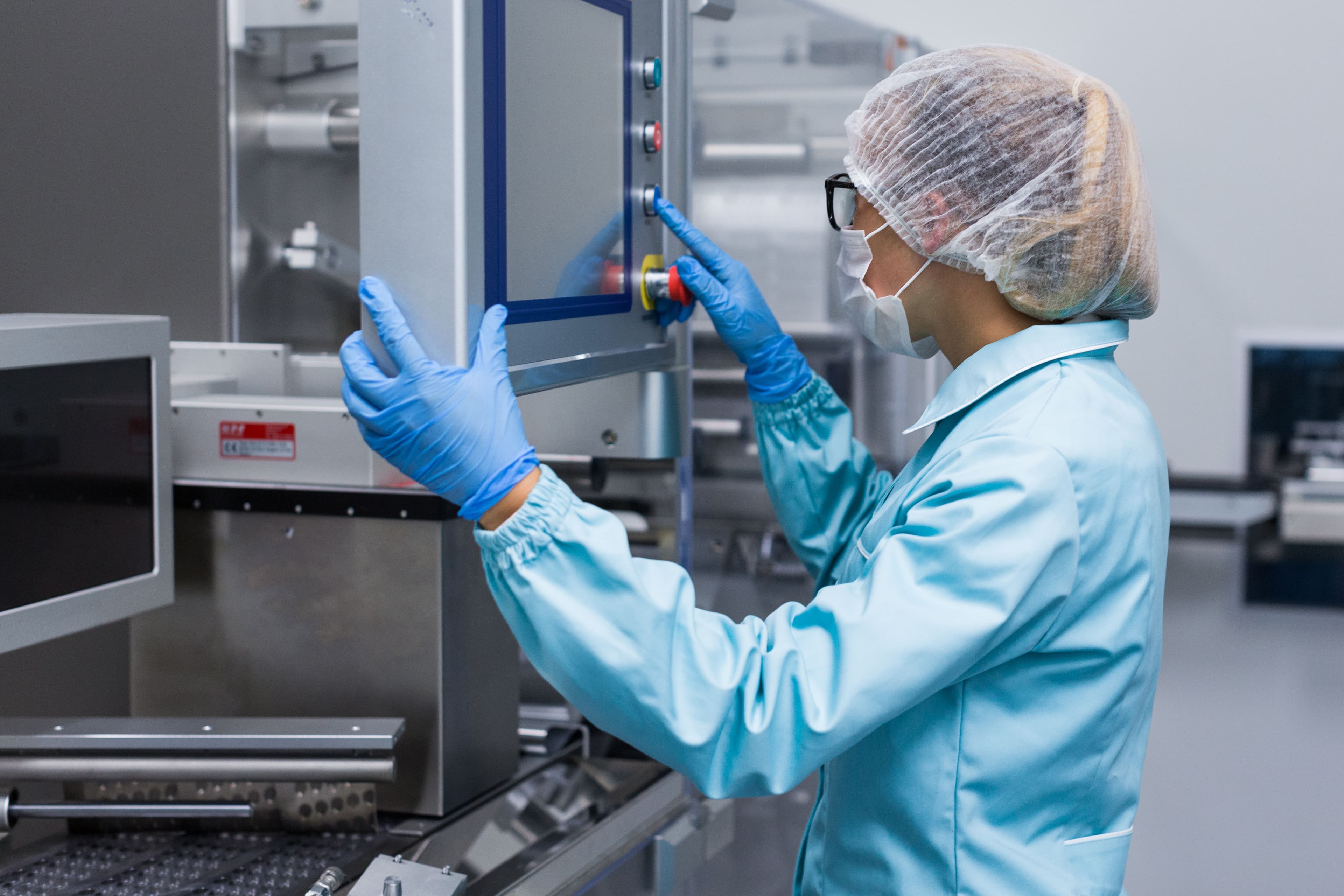Laboratory hot air ovens play a vital role in scientific, medical, and industrial fields, frequently used for processes like sterilization, drying, and thermal treatments. These ovens are preferred for their straightforward design and consistent reliability. They operate by utilizing dry heat to remove moisture and eliminate microorganisms from equipment and samples. But how does a hot air oven actually function? In this article, we will explain the operating principle of laboratory hot air ovens and discuss why they are indispensable in environments that require precise temperature control.
What is a Laboratory Hot Air Oven?
A laboratory hot air oven is a device designed to control temperature with precise regulation, using the circulation of hot air within the chamber. This type of oven is mainly employed for dry heat sterilization, which makes it ideal for items that could be damaged by steam or moisture, such as those sterilized in autoclaves.
Typical applications of a laboratory hot air oven involve:
- Sterilizing glassware, metal instruments, and powders
- Drying heat-sensitive substances
- Curing and baking applications in industrial labs
- Testing the durability of materials through aging or stress tests
Key Components and Structure
Before diving into how a hot air oven operates, it's useful to understand its key components:
- A chamber with double-layered insulation to retain heat and minimize thermal loss
- Heating components, usually constructed from nichrome wire, ensure uniform heat distribution.
- Built-in fans or blowers to ensure uniform air circulation throughout the chamber
- A digital thermostat or controller is used to regulate the temperature with accuracy
- Shelves or racks to hold materials inside the oven
- An airtight door with a gasket to maintain a consistent temperature and prevent heat loss

How Does a Hot Air Oven Work?
A laboratory hot air oven functions based on the principle of dry heat sterilization, where heat is uniformly distributed by circulating air through convection. This process ensures consistent heating, making it an efficient technique for drying and sterilizing materials within the chamber. Let's explore each step of the process in detail:
1. Heat Generation with Heating Elements
The oven is equipped with electrical heating elements, typically made from nichrome wire, which are strategically positioned within the chamber. Once the desired temperature is set on the control panel, the thermostat activates the heating elements. As electricity passes through these elements, it generates heat, gradually raising the internal temperature of the chamber.
2. Air Circulation and Convection
To maintain a consistent temperature throughout the chamber, hot air ovens typically use forced air circulation, with built-in fans or blowers that ensure the heated air keeps moving. This airflow creates convection currents, which help distribute heat evenly across the entire chamber. Without proper air circulation, heat could become concentrated in specific areas, resulting in uneven sterilization or drying.
3. Temperature Regulation and Control
The temperature inside the chamber is continuously monitored by a thermostat or digital PID controller. Using real-time feedback, the system adjusts the power supplied to the heating elements to maintain a stable temperature. For example:
- If the temperature exceeds the set point, the system reduces or cuts power to the heating elements.
- If the temperature decreases, the heating elements will automatically activate again.
This constant adjustment ensures that the oven maintains the target temperature within a narrow range, typically ±1°C to ±2°C.
4. Exposure Time (Sterilization or Drying)
Achieving the target temperature is just the first step. For effective sterilization or drying, the materials inside the oven must be maintained at that temperature for a specified duration, known as the exposure time or holding time.
Typical sterilization times and temperatures include:
- 160°C for 2 hours
- 170°C for 1 hour
- 180°C for 30 minutes
During this time, microorganisms are eliminated through processes such as:
- Protein denaturation
- Oxidation of cellular components
- Damage to cell membranes and DNA
Drying, on the other hand, focuses on removing residual moisture from items, a crucial step for preparing labware or materials for further analysis.

5. Cooling Down and Safe Removal
Once the drying or sterilization cycle is complete, the oven is allowed to cool down gradually while the door remains closed. Sudden temperature changes or opening the door too early can result in:
- Thermal shock, which may cause glassware to crack
- Recontamination, particularly during sterilization
Once the oven cools to a safe temperature, the door can be opened, and the contents can be removed with care.
6. Insulation and Sealing
To ensure temperature efficiency, laboratory hot air ovens are typically constructed with double-layered insulation. This design:
- Minimizes heat loss
- Enhances energy efficiency
- Keeps the external surface cool
Additionally, the oven door is fitted with a heat-resistant gasket that creates an airtight seal, ensuring the temperature inside remains stable throughout the process.
Why Dry Heat?
Dry heat sterilization is ideal for materials sensitive to moisture, including:
- Powders, metals, and glassware that may corrode with steam
- Long-term sterilization, where minimizing the risk of recontamination is crucial
However, dry heat is unsuitable for:
- Rubber or plastic materials that may melt or degrade at high temperatures.
Benefits of a Hot Air Oven
- Simple, cost-effective design
- Even heat distribution ensures consistent results
- Ideal for sterilizing glass, metal, and powders
- No moisture or pressure involved (unlike autoclaves)
- Requires minimal maintenance
Understanding the operation of a laboratory hot air oven is crucial for ensuring it’s used safely and effectively. With its principle of dry heat convection, a hot air oven offers a reliable and efficient method for sterilizing and drying various materials. Whether you’re working in a research lab, pharmaceutical environment, or industrial facility, a hot air oven is an indispensable tool for maintaining contamination-free equipment and materials.
